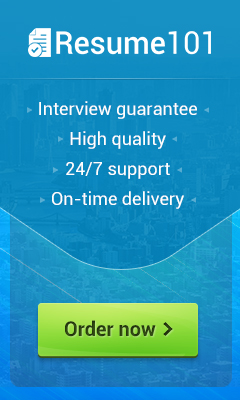
What Is the Best Resume Format for College Students?
As a college student entering the job market, choosing the right resume format can be the difference between landing an interview or being overlooked. With limited work experience, it’s crucial to structure your resume to highlight your strengths — even if they don’t come from traditional job roles.
In this guide, we’ll explain the best resume format for college students, how to organize your content, and what recruiters actually want to see.
Why Resume Format Matters
Recruiters typically spend less than 10 seconds scanning a resume. A poorly structured layout makes it harder for them to find relevant info — and increases your chances of being skipped.
✅ A well-formatted resume:
Highlights your most relevant strengths
Improves readability and scannability
Boosts your credibility and professionalism
The Best Resume Format for College Students: Reverse-Chronological
The reverse-chronological format lists your experiences starting with the most recent. This format is preferred by most hiring managers and works well even if you’re still in school.
Key Sections to Include:
-
Contact Information
-
Professional Summary or Objective
-
Education
-
Experience (Internships, Part-Time Jobs, Volunteering)
-
Projects
-
Skills
-
Certifications or Awards (if any)
Sample Layout: Clean and Professional
Here’s a simplified structure you can follow:
💡 Tip: Use an online resume builder like Resume101 to format your resume perfectly without wasting time on Word templates.
Alternative: The Functional Resume Format (Use With Caution)
If you lack experience, a functional resume focuses on skills instead of jobs. But beware — many employers prefer chronological layouts.
Use functional only if:
-
You’re changing career paths
-
You have large employment gaps
-
You have little to no relevant experience
For most students, stick with reverse-chronological unless advised otherwise.
Formatting Tips That Make a Difference
-
Keep It to One Page: Unless you have extensive research or work experience.
-
Use Bullet Points: Makes content easier to read.
-
Use Clear Headings: Like EDUCATION, EXPERIENCE, SKILLS.
-
Avoid Fancy Fonts: Stick to Arial, Calibri, or Times New Roman.
-
Save as PDF: Ensures your formatting stays intact.
Common Resume Formatting Mistakes to Avoid
❌ Using a generic template with no personality
❌ Including high school if you’re in your third year of college
❌ Making it too cluttered or hard to scan
❌ Using tables or columns that confuse ATS (applicant tracking systems)
Get Professional Help (Especially If You’re Stuck)
If you’re not confident about resume formatting, there’s no shame in getting professional help. In fact, it can help you land a better job faster.
We recommend Resume101 — a resume writing service tailored for students and entry-level applicants. They offer:
-
Clean, ATS-friendly formats
-
Custom writing based on your goals
-
Fast turnaround and unlimited revisions
Final Thoughts
The best resume format for college students is one that puts your strengths first — whether that’s your education, volunteer work, or projects. Stick to a reverse-chronological layout, keep it clean, and always tailor it to the role you’re applying for.
And if you want to boost your chances, Resume101 is ready to help you make a strong first impression with a professional resume.
